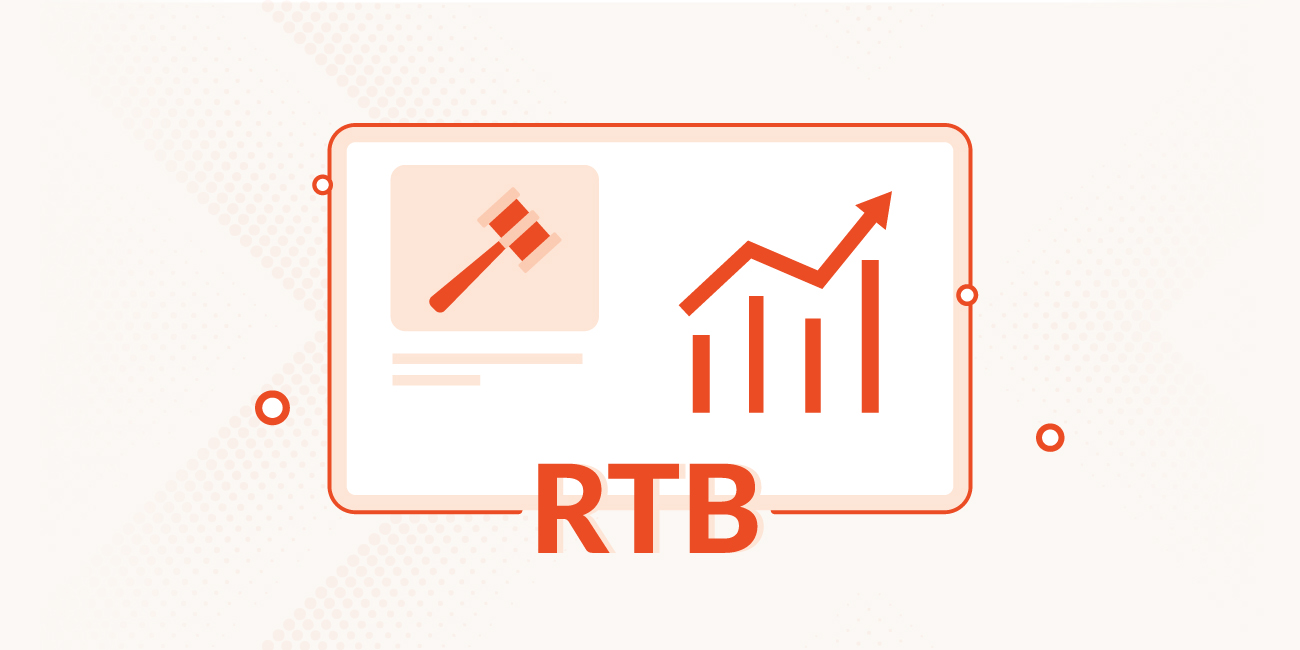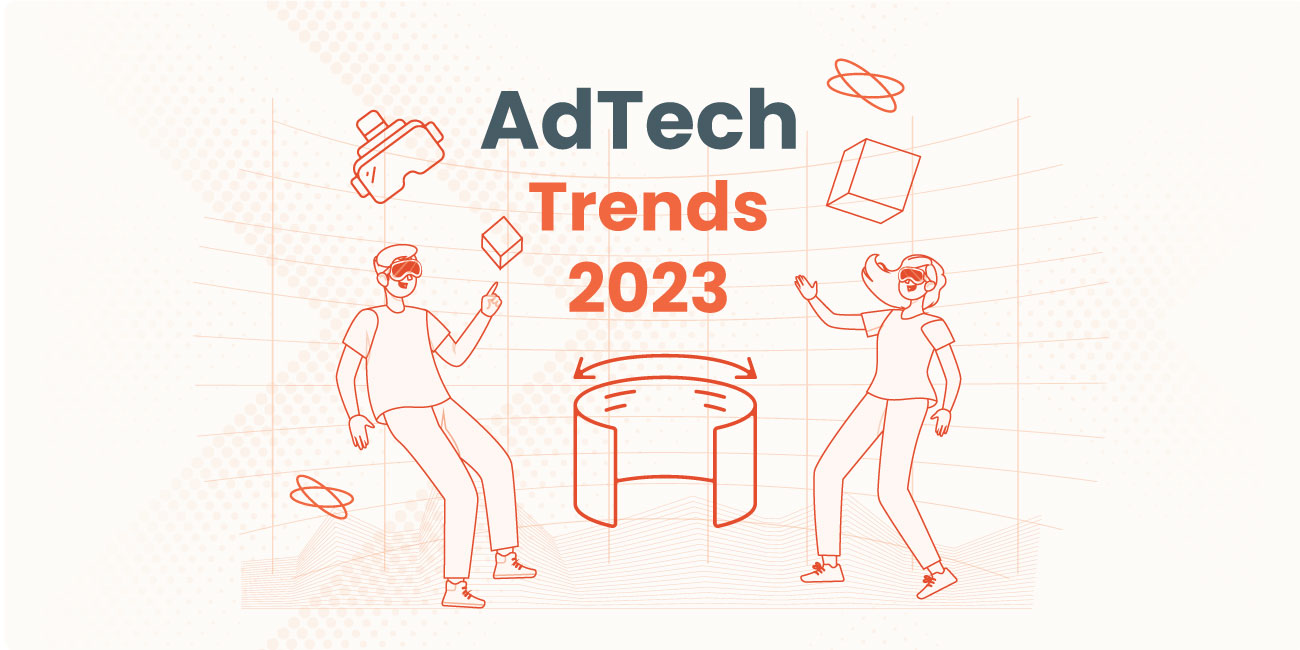
RTB or Real Time Bidding, is essentially a programmed (automated) technique by which devices like mobile or desktop, among other advertising inventory is either purchased or sold by means of many technology platforms, which include supply-side platforms (SSP) or/and advertisement exchanges.
Now, this process might sound as one complicated process, but on a closer look and trying to decipher the definition, it is nothing but another aspect of technology that promises to make life much easier for the advertising players – the boards, publishers, the media agencies and the advertising agencies. Hence, it is no more than the process of buying and selling online advertisements’ through real-time auctions.
Thus, it helps the advertisers to be more efficient, because they no more need to haggle with either the ad-networks or the publishers to determine prices and regulate the traffic ads.
Hence, previously all the impressions would have to be purchased at the same price irrespective of the impact and usage to the advertisement. This impeded the efficacy of the advertisers. This is taken away by RTB.
It is based on similar lines to the old-fashioned techniques of display advertising, where the negotiation aspect was dealt by a broker, who decided the price; similarly in RTB this price quotient is determined by the SSP and the DSP.
During the process two essential elements are catered to:
- The concept of “Real-time” purchasing
- Bidding has a significant impact on the Return of Investment.
Before we discuss the impact of RTB on digital advertising, here is a basic idea about how RTB works:
- Enter the web-page
- The ad space which is available is then put up for auction
- The interested/perspective buyers then bid for the available space
- The highest bidder wins the deal
- Advertisements of the winner start appearing.
So How Is RTB Changing Digital Advertising:
Digital marketers have always been have wanting access to inventory at a more rapid clip, bearing in mind the cost parameters. Also, they wanted inventories available outside the umbrella of few publishers or/and ad network. They wanted to build an ad keeping in mind the specific/target audience available, and accordingly plan and plot the modus operandi.
RTB steps in here and tackles this concern head-on. The wide range of digital inventory available at a mere click has opened up unparalleled opportunities, which has in turn allowed the marketers to experiment and be accessible on any platform – website, mobile or app-based.
Advertisement today is an amalgamation of art and science, and RTB has played an important role in establishing the importance of astute calculation which is an absolute must in the digital advertising space.
Initially RTB was digital-centric but gradually a wide-variety of formats is also being incorporated. The change is instrumental, as an integration of different interests has made RTB the best possible decision mechanism for the marketers.
Many inventories have been unsold for many years now, owing to paucity in demand. The tremendous scope and range of RTB has helped clear off these inventories since the reach has improved and is only growing.
Perhaps the biggest change that RTB has brought about is an increase in the ROI. Marketers only purchase those tools which according to their analysis are best suited for their campaign, and therefore these ads become much more valuable.








